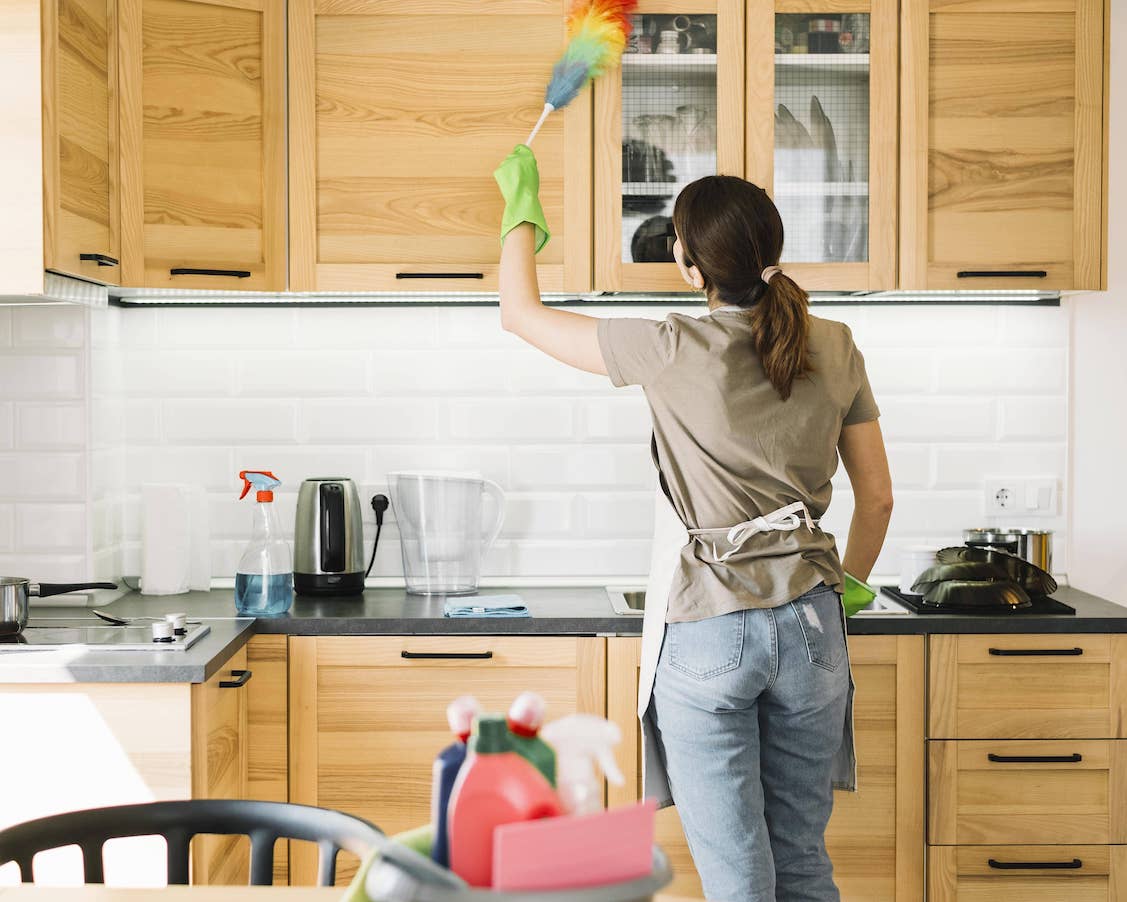7 Ways To Connect Deeper with Someone in Conversation

Photo by Juri Gianfrancesco on Unsplash
As we come out of the COVID times and once again integrate into real-life society, some of us are relearning how to connect with others.
For the last year and a half, my social life has been hidden behind a computer screen, dwindled down to Zoom happy hours and Houseparty App games with friends halfway across the country.
Connecting with people in real life has been something in need of a refresh. Do we shake hands again, or has the importance of sanitized hands overcome the need for that firm handshake first impression? How far away do you stand from someone when talking? Are our personal bubbles still bigger than they were pre-2020?
As we navigate the answers to such questions in a post-pandemic world, I'll discuss seven ways you can connect deeper with somebody in conversation, whether or not you shake their hand, and despite all the wishy-washy post-covid rules we are still working on establishing.
Why connect with others, anyway?
Humans are innately social creatures. We are pack animals, no matter how independent we think we are. In our tribal days, acceptance into the pack was a matter of life and death. These days, we still need one another from the food we eat to the houses that we live in, to the livelihood we make our income from. We also need that connection with others for our own mental health and wellbeing.
Loneliness has become an epidemic. With the rise of social media in the last several years, we think we are more connected than ever. I can chat with my friends in Europe as easily as I can chat with my friend down the road. I know what’s going on in the lives of people I’ve been connected with since young adulthood, even if I haven’t spoken to them in years.
Although we think we’re more connected, it’s way too easy to put on a facade on social media, making the pretty pictures of your Instagram grid reflect a seemingly fulfilled life, free of stress and vulnerability.
I’d hope we all know by now that social media isn't real life. When we look at others’ glamorous lives and get the impression they are completely happy and free of stress, we can feel worse about ourselves. We feel worse about being honest and vulnerable. As COVID shoved us more into our small bubbles, perhaps we forgot how deceptive those Instagram grids can be.
Here are a few ways to truly connect with others in conversation. How to bring honesty out into the open, to foster the flame of connection, and realize the true beauty of human-to-human connection.
Use their name three times.
One of the most beautiful things a person can hear is their own name said to them. It makes them feel connected, remembered, and important.
Notice what your body does the next time somebody says your name. Your ears may perk up, your attention will focus, and you may feel more relaxed and open. You may even listen better to what they have to say.
If you say somebody’s name three times in conversation, you are more likely to remember it as well. It will not only engage them more into the conversation, but it will make you more committed to that conversation and to your connection with them as well. Which leads me to number two.
Make as much of the conversation about them as possible.
Most people listen to others only to respond. Before another person finishes what they have to say, the listener may already be thinking about what they are going to say in response. People love to talk about themselves, and we are all susceptible to it.
If you’re meeting someone new and trying to establish a connection, make the conversation about them. Engage them to talk about themselves and their interests.
Even if what they are interested in isn't your cup of tea, ask questions about those passions of theirs anyway.
Say somebody is into music festivals, but it’s not really your jam. Try asking, “what was your first music festival experience like?” or “what was your favorite festival you ever went to, and why?” You never know what kind of response you are going to get.
Practice active listening.
Active listening is a conscious effort to not only hear the words someone is saying but to really understand the message they are trying to convey as well.
It’s paying attention to body language, theirs and yours, not getting distracted by all that is around you, and taking the words they are telling you and paraphrasing them back to ensure you understood the message.
To practice active listening…
- Make eye contact with the person who is talking. Facing your body towards them will also make you more engaged in the conversation.
- Watch their body language as well; look for nonverbal cues, like if they maintain eye contact, or if they keep diverting their eyes to one side or another. Shut down your own internal dialogue. Don’t formulate your personal response before they’re even done with what they have to say.
- Ask questions, paraphrase the message to make sure you understood them well.
- Put your judgment aside.
Match their energy.
If I’m engaging with clients, or say a new person at a networking event, I use a general plus-twenty-percent rule.
That means whatever my client’s energy level may be, I try to match it and add twenty percent. If someone comes into my office and is very stressed, tired, and lethargic feeling, I’m not going to greet them with a chipper burst of high energy. That could be overwhelming for many people.
The same goes the other way: If somebody comes in a very high-energy state, I’m not going to give them a sluggish hello or talk in my most meditative spa voice. Matching somebody’s energy can bring you two to the same frequency, not letting them get overwhelmed or underwhelmed by your presence in the conversation and making them more comfortable with engaging with you.
Show kindness.
The world can certainly be a cold, cruel place, but a conversation with you doesn’t have to be.
Showing kindness can reduce stress levels, increasing the body’s feel-good hormones like oxytocin, serotonin, and dopamine and reducing the stress hormone cortisol. When somebody is in this naturally relaxed state when talking to you, they are more likely to feel engaged in your conversation.
Be vulnerable.
The rise of social media and a need to portray a glamorous lifestyle can make us shyer about showing our vulnerable side. There are also long-established societal expectations of being tough and burying those uncomfortable feelings.
Vulnerability helps us connect with others because we all have our own vulnerabilities. Even the people who have the toughest exteriors have soft spots on the inside, whether or not they want to show it.
Being vulnerable also means being honest and open and relatable.
Be mindful.
Be mindful of how you communicate with others, both verbal and non-verbal.
We talked about body language. Next time you’re in a conversation, pay attention to your body language. Are you leaning into the conversation, or is your torso faced away from the person you’re communicating with? Are you actively listening or are you thinking about your response before they’re even finished with their story?
Bringing awareness to how you interact with people is really the first step in all of this. Before you can implement any of the advice I threw out above, you’ve got to realize how you already converse with people. This mindfulness can bring light to the areas you need improvement in, so you can gently work on yourself and improve your communication skills with others.












If you enjoyed this article or recipe, please consider giving it a comment! It helps others discover my blog and recipes, and your comments always make my day :) Thank you for your support!
Your email address will not be published. Required fields are marked *